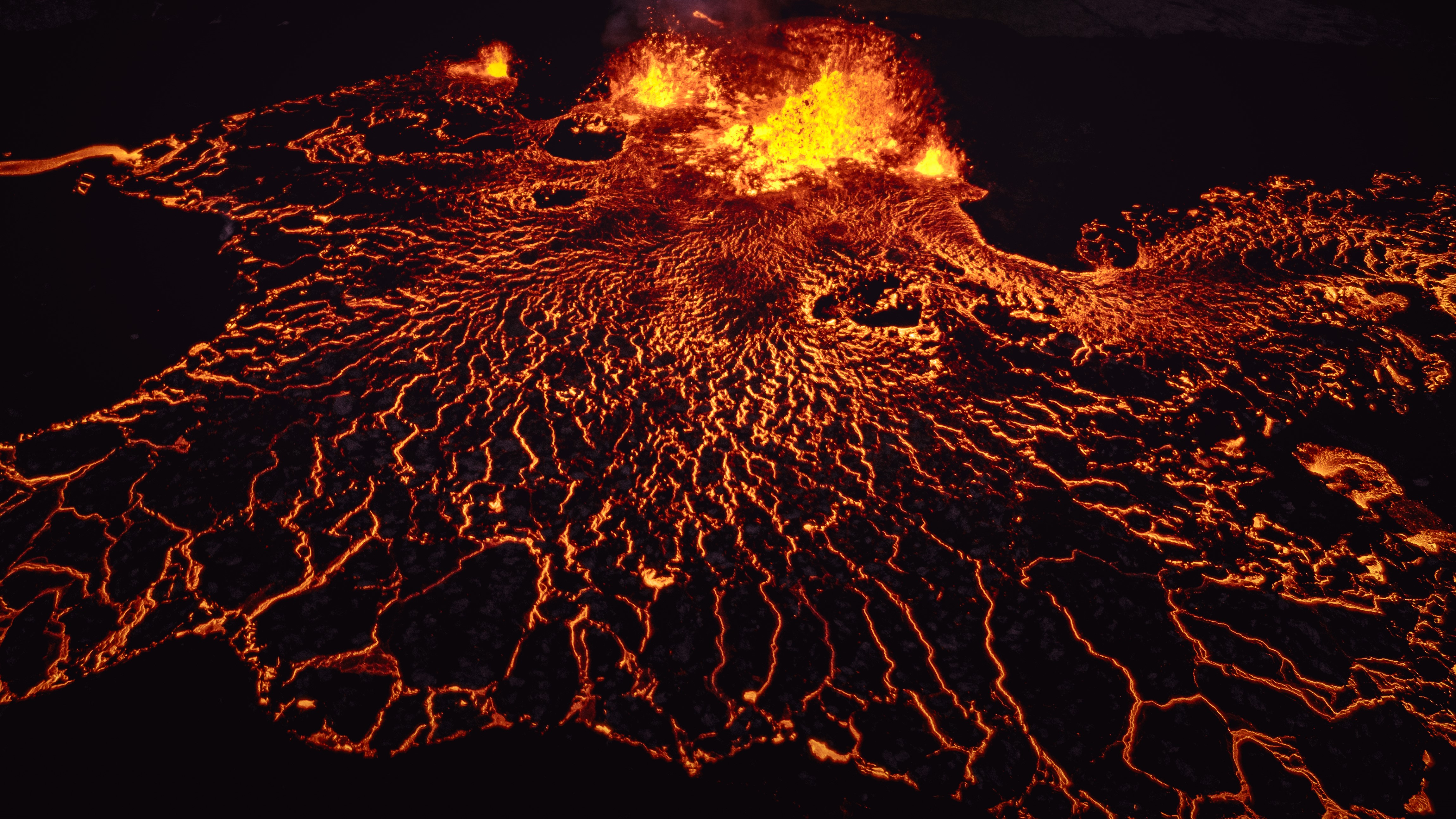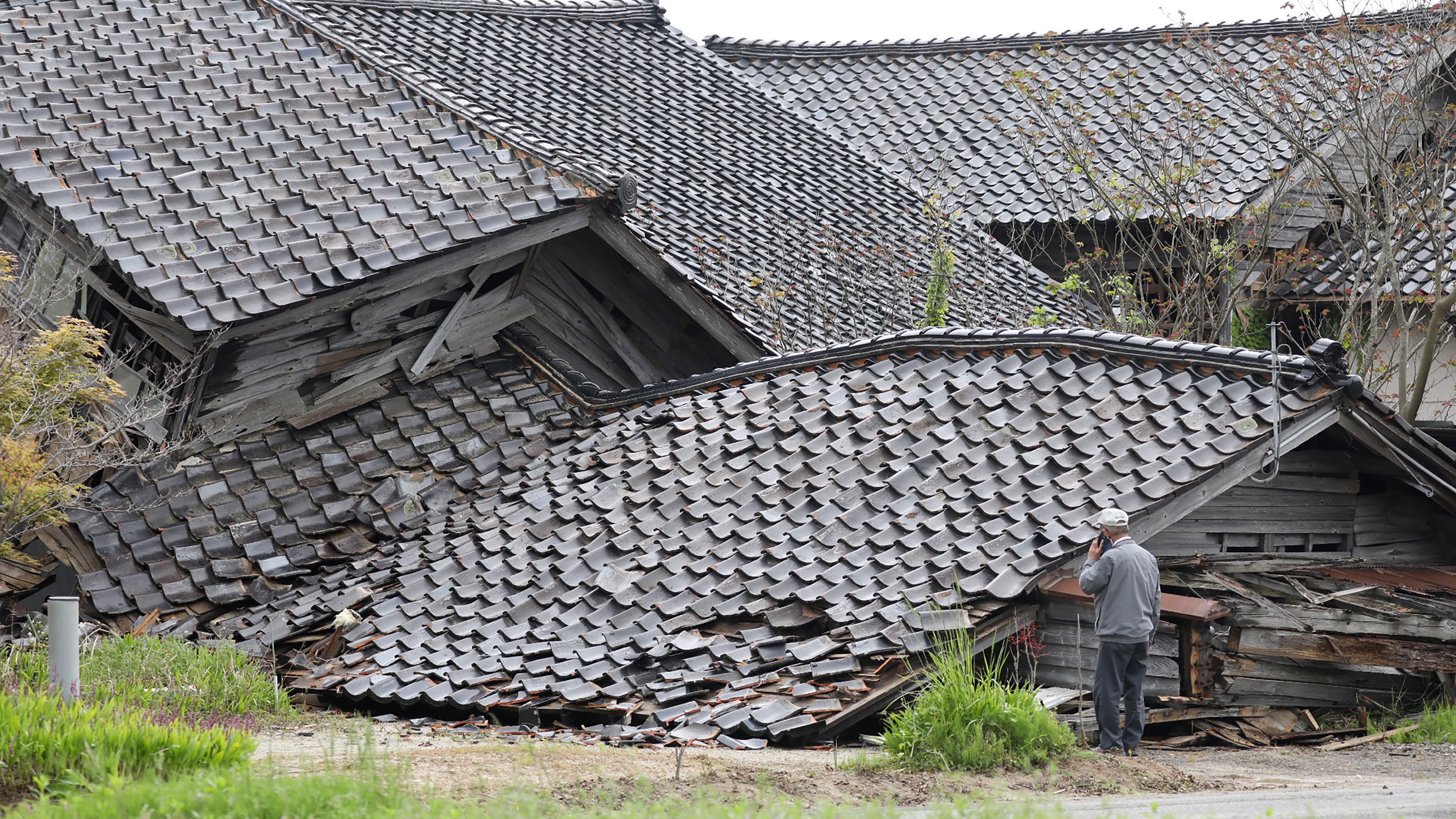Deadly swarm of earthquakes in Japan caused by magma moving through extinct volcano
Over 10,000 earthquakes have hit the Noto Peninsula over the last three years. They are believed to be emanating from an long-dead volcano, with fluids pushing through the collapsed system.
A huge swarm of earthquakes that has been rocking Japan for three years appears to be the result of fluids moving through an extinct, collapsed volcano, new research suggests.
The swarm is happening on the Noto Peninsula by the Sea of Japan, on the north coast of the country. There has not been volcanic activity in this area for 15.6 million years. However, a new study published June 8 in the journal JGR Solid Earth found that the quakes are occurring in a pattern that suggests liquid magma is still moving around deep below the surface in an ancient, collapsed caldera.
"This earthquake swarm was caused by upward fluid movement through a complex network of faults," study lead author Keisuke Yoshida, an Earth scientist at the Research Center for Prediction of Earthquakes and Volcanic Eruptions at Tohoku University in Japan, told Live Science.
The swarm began in December 2020. Since then, there have been over 1,000 magnitude 2 or larger earthquakes, including one magnitude 5.4 quake in June 2022 and a magnitude 6.5 quake in May 2023 that killed one person and injured dozens more.
Yoshida and his colleagues investigated the swarm by studying the seismic waves from more than 10,000 magnitude 1 or larger quakes that occurred in the area in the past three years.
They found that the quakes originated 12.4 miles (20 kilometers) deep in the crust, before gradually migrating to shallower depths. This is consistent with fluid ascending through an existing network of faults, the researchers reported. The location of the quake epicenters occurred in a circular pattern, suggesting a ring-like structure to this fault network. This could indicate an ancient, collapsed caldera from a now-extinct volcano.
Get the world’s most fascinating discoveries delivered straight to your inbox.
It's not unusual for long-dead volcanos to still hold pockets of gooey magma, the researchers wrote, and when these fluids move, they can deform the crust and cause faults to slip and slide against one another.
Swarms like this can happen anytime in subduction zones, where the grinding of one plate under another continuously moves fluids around the crust, Yoshida said. It's also possible that the devastating magnitude 9.1 Tohoku earthquake in 2011 set off fluid movement that is still echoing today; that quake was followed by several small swarms in northeastern Japan, Yoshida said.
The question now, Yoshida said, is how this current swarm transitioned from many small quakes to the large, damaging temblor that occurred in May this year. The team is working to understand how the crust might have been moving without shaking — a phenomenon called aseismic slip — before that quake.
"I would like to obtain information on the transition process from the earthquake swarm to the M6.5 earthquake that occurred in May 2023," Yoshida said. "In particular, we need to know the fluid and aseismic slip conditions prior to the M6.5 earthquake."

Stephanie Pappas is a contributing writer for Live Science, covering topics ranging from geoscience to archaeology to the human brain and behavior. She was previously a senior writer for Live Science but is now a freelancer based in Denver, Colorado, and regularly contributes to Scientific American and The Monitor, the monthly magazine of the American Psychological Association. Stephanie received a bachelor's degree in psychology from the University of South Carolina and a graduate certificate in science communication from the University of California, Santa Cruz.




